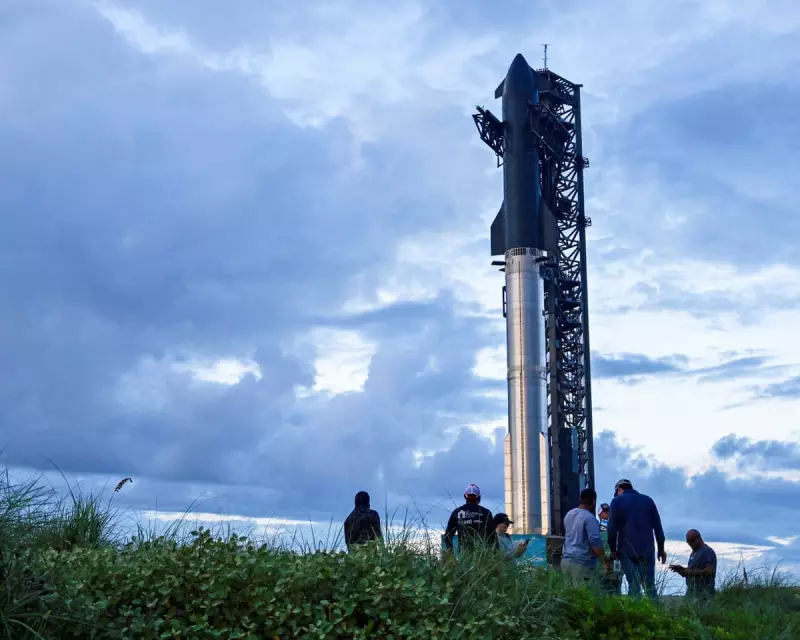
In a spectacle that sets a new benchmark for the commercial space industry, SpaceX has triumphantly launched and landed its colossal Starship rocket from its Starbase facility in Boca Chica, Texas. The successful test flight marks a pivotal moment for Elon Musk's vision of interplanetary travel and satellite deployment.
The fully integrated spacecraft, comprising the Super Heavy booster and the Starship vehicle, roared into the skies, executing a series of complex manoeuvres that previous prototypes had failed to complete. This fourth major test flight focused on demonstrating the ability to perform a controlled re-entry and achieve a soft landing, objectives that were met with resounding success.
A Textbook Flight Paves the Way for the Future
The mission profile was a carefully orchestrated ballet of engineering precision. After a powerful ascent, the Super Heavy booster executed a flawless separation and performed a boost-back burn to guide itself towards a landing in the Gulf of Mexico. Simultaneously, the Starship vehicle continued its journey, reaching orbital velocity and testing its heat shield during a high-speed re-entry into Earth's atmosphere.
Key achievements of this flight include:
- Successful splashdown of the Super Heavy booster in the Gulf.
- Controlled atmospheric re-entry of the Starship vehicle, managing extreme heat.
- A soft, targeted landing of the Starship in the Indian Ocean.
This success is a monumental recovery from the explosive endings of earlier tests, showcasing rapid iterative design improvements by the SpaceX engineering team.
What This Means for the Future of Spaceflight
The implications of a fully reusable super-heavy lift launch system are profound. Starship is designed to be the most powerful launch vehicle ever built, capable of carrying over 100 metric tonnes to orbit. Its reusability promises to drastically reduce the cost of access to space, fundamentally altering the economics of:
- Deploying large satellite constellations.
- Facilitating lunar missions for NASA's Artemis program.
- Ultimately, establishing a human settlement on Mars.
This launch not only validates SpaceX's bold design philosophy but also solidifies its leading position in the new space race, placing immense pressure on competitors and national space agencies worldwide. The eyes of the world are now on Texas, waiting for the next giant leap.





